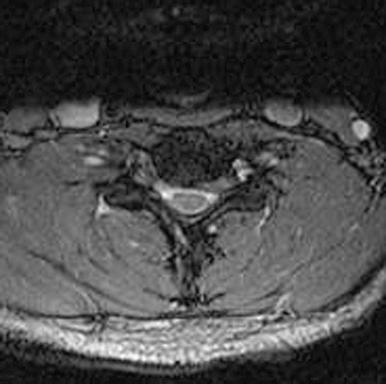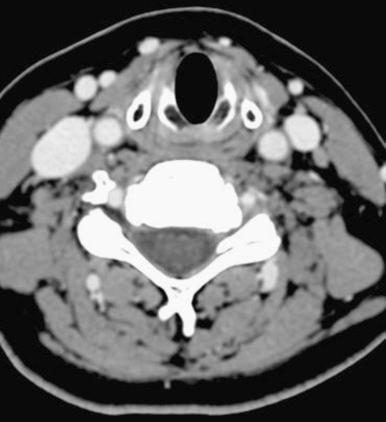Physical Address
304 North Cardinal St.
Dorchester Center, MA 02124
|
|
|
|
|
|
|
|
The surgical treatment of cervical radiculopathy with posterior cervical laminoforaminotomy has been used for more than 80 years. The original description by Stookey, and the series by Frykholm and Murphey in the 1940s and 1950s, validated the procedure as a safe and effective treatment option. Following the introduction of the anterior approach for anterior cervical decompression and fusion by Cloward, Smith, and Robinson in the 1960s, the anterior approach was rapidly adopted for the treatment of not only radiculopathy but also myelopathy, instability, and alignment abnormalities. Only after time did it become apparent that anterior cervical decompression and fusion had a unique set of complications from the anterior approach and was also associated with a higher rate of developing adjacent-level disease than natural history would suggest. Even though some patients had severe muscle spasm after the posterior approach, the lower incidence of adjacent-level disease and avoidance of the anterior approach risks continued to lead some surgeons to favor its use.
In the late 1990s, as spine surgery quickly evolved into minimally invasive techniques, the Microendoscopic Diskectomy (MED) system of Foley and Smith was adapted for cervical use. The author’s experience and that of other investigators since that time showed the technique to be very effective for the treatment of cervical radiculopathy, with complication and reoperation rates lower than can be achieved with anterior cervical decompression and fusion.
Cervical radiculopathy manifests in patients with a very typical history of neck and arm pain with or without sensory change and weakness affecting a cervical nerve root pattern. The sudden onset of symptoms without a specific inciting event is typical of acute soft disk herniation ( Fig. 36-1 ). A more chronic cyclic pattern with months to years of arm symptoms is typical of spondylotic foraminal stenosis ( Fig. 36-2 ). Because of the common occurrence of recovery without surgical intervention, it is important to carry out a formal period of conservative therapy including antiinflammatory medications, physical therapy, and, frequently, epidural steroid injections. The exception to this approach is the patient who presents with severe weakness or has progression of weakness while undergoing conservative therapy.


On many occasions, the patient’s description of signs and symptoms suggests a specific cervical root pattern. The subjective sensory symptoms are frequently more helpful than the objective changes identified on examination. Symptoms of burning dysesthesias into the thumb are very characteristic of a C6 root disorder, but results of objective light touch and pinprick testing may be unremarkable. Each pattern of pain can usually be matched to a specific root.
The physical examination frequently confirms an already suspected root disorder, based on the history provided by the patient. The simultaneous finding of a specific motor, sensory, and reflex pattern can be very helpful but is not as common as weakness and reflex change without persistent sensory change. A careful and thorough examination is the most helpful way to identify a specific symptomatic nerve root in a patient with multiple levels of spondylotic foraminal stenosis.
Magnetic resonance imaging (MRI) is the most commonly used form of imaging for cervical radiculopathy. The presence of concordant root compression in the lateral canal or medial foramen is an absolute requirement for a patient to be considered a candidate for surgery. As useful as MRI is, it is associated with overestimation of central canal stenosis and frequently does not provide clear axial images of the foramen. In this setting, computed tomography (CT) scanning with intrathecal contrast is very helpful for clear visualization of the foramen. Many foraminal disk herniations missed on MRI are easily seen with CT. Flexion and extension lateral cervical spine radiographs are important whenever concern exists for instability. CT myelography is used in patients with severe spondylosis or a body habitus that limits image quality.
The presence of refractory unilateral radiculopathy involving one or possibly two adjacent roots is the primary indication for posterior cervical laminoforaminotomy. Imaging studies must confirm concordant nerve root compression in the lateral canal or foramen. Even patients with quite large disk herniations with the apex of the rupture at or lateral to the lateral border of the spinal cord (not the thecal sac) are surgical candidates.
Become a Clinical Tree membership for Full access and enjoy Unlimited articles
If you are a member. Log in here